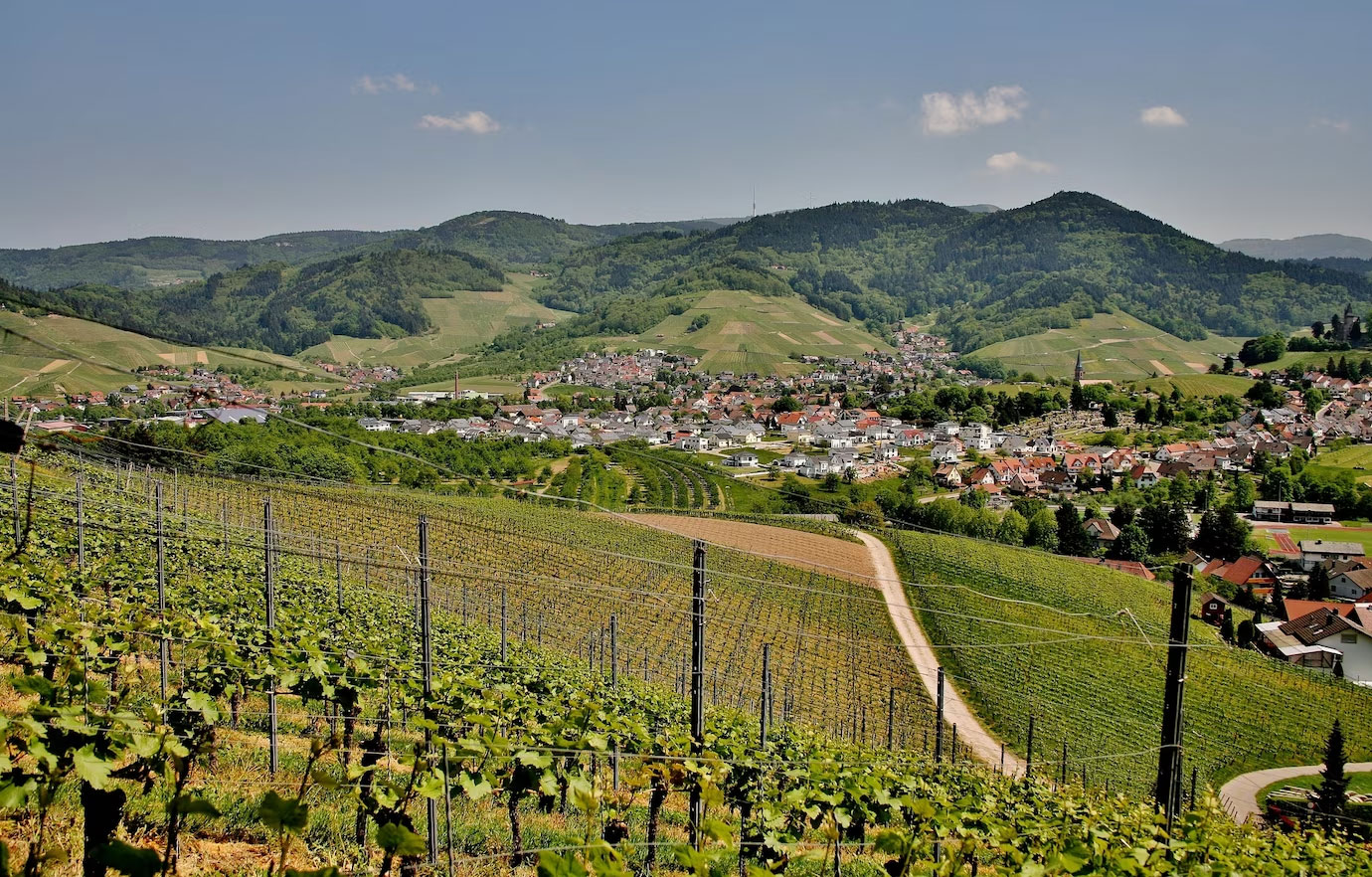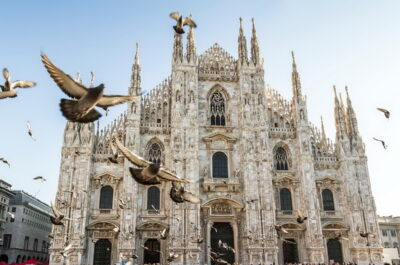
Wine tourism in France offers a rich cultural experience, with visitors having the opportunity to explore historic vineyards, participate in tastings and cellar tours, and indulge in gourmet cuisine paired with local wines.
As per the latest findings of Future Market Insights, global Wine tourism revenue is expected to be US$ 13.9 Billion by the end of 2023. In the long-term, the Wine tourism market is estimated to reach around US$ 47.5 Billion in 2033.
Wine tourism is a growing segment of the global tourism industry, driven by increasing interest in wine and unique travel experiences. Popular destinations include traditional wine-producing regions like France, Italy, Spain, and the United States, as well as New World wine regions. Wine tourism offers a range of experiences such as winery tours, tastings, festivals, and workshops.
It has a significant economic impact, contributing to job creation and local business growth. Wine regions are investing in tourism infrastructure to enhance the visitor experience. Wine education and sustainability are important aspects of wine tourism. While the COVID-19 pandemic has affected the industry, it is expected to regain momentum as travel restrictions ease.
2018 to 2022 Global Wine Tourism Market Outlook Compared to 2023 to 2033 Forecast
The future outlook for the wine tourism market appears promising, with several factors shaping its growth. As travel restrictions ease post-pandemic, there is an expected recovery in the tourism industry, including wine tourism which is expected to grow at a 13.1% CAGR. Travelers are increasingly seeking authentic and experiential travel experiences, driving the demand for immersive wine tourism offerings. Emerging wine regions in countries like China, India, and Eastern Europe are gaining attention. Sustainability and responsible tourism practices are becoming more important, and wineries are adopting eco-friendly measures.
Technology and digital platforms are likely to play a larger role in enhancing the wine tourism experience. Niche and specialized segments within the market may emerge to cater to specific interests. Collaboration and partnerships between wineries, tour operators, and tourism boards can create comprehensive wine tourism experiences. However, it’s important to consider that market dynamics can be influenced by various factors, and the actual trajectory of the wine tourism market may differ from projections.
Comparative View of the Adjacent Wine Tourism Market
The peer or ancillary markets in the travel and tourism sector are expected to have an impact on the global Wine tourism business. These include the special interest and Food Tourism markets. Future Market Insights’ study of these connected industries revealed insightful findings that will be useful in creating distinctive differentiated strategies to pursue opportunity and success.
Key Dynamics in Wine Tourism Market Worldwide
- Wine Education and Experiential Learning: Wine tourists have a strong desire to deepen their knowledge and appreciation of wine. They seek educational experiences that provide insights into various aspects of winemaking, grape varieties, and wine tasting skills. Wineries have responded to this demand by offering educational programs, workshops, and guided tours. These experiences allow visitors to learn about the winemaking process, from vine to bottle, and gain a better understanding of the factors that contribute to wine quality and taste. Participants may have the opportunity to engage with winemakers, explore vineyards, and even participate in grape harvesting or wine blending activities. These educational experiences enhance visitors’ wine knowledge and create a deeper connection to the wine they enjoy.
- Promotional Efforts by Wine Regions: Wine regions are actively promoting their offerings and investing in wine tourism infrastructure to attract tourists and showcase their unique wine heritage. They recognize the economic and cultural value of wine tourism and the positive impact it can have on local communities. Wine regions organize wine festivals, events, and tastings to showcase their wines and attract visitors. They create wine trails, routes, or maps that guide tourists through the region, highlighting different wineries and vineyards along the way. Visitor centers and wine museums are established to provide information and serve as starting points for wine tourism experiences. These promotional efforts by wine regions aim to create a compelling and enticing destination for wine tourists, fostering local businesses and contributing to the overall growth of the wine tourism market.
- Seasonal and Weather Dependence: Wine tourism is influenced by seasonal and weather conditions, which can impact the availability of certain activities and visitor numbers. The timing of the grape harvest and winemaking seasons varies by region, and tourists may plan their visits to coincide with these periods to experience the excitement and energy of the grape harvest or participate in winemaking activities. However, this also means that certain activities may only be available during specific times of the year, limiting the options for wine tourists outside of these seasons. Additionally, unfavourable weather conditions such as heavy rains, frosts, or extreme heat can impact vineyard operations and potentially disrupt travel plans. These seasonal and weather dependencies can pose challenges for wine tourists in terms of planning their trips and experiencing specific activities.
France is considered as the Wine Capital of the World
France is renowned for its wine and attracts a significant number of wine tourists. Regions such as Bordeaux, Burgundy, and Champagne are particularly popular. Wine tourism in France offers a rich cultural experience, with visitors having the opportunity to explore historic vineyards, participate in tastings and cellar tours, and indulge in gourmet cuisine paired with local wines. The country has well-established wine routes and organized tours, making it easy for tourists to navigate and explore the diverse wine regions. The France wine tourism market contributed a significant share of 10.5% in the global market in 2022.
United States Offers a Diverse Landscape for Wine Enthusiasts
The United States boasts several prominent wine regions, including Napa Valley, Sonoma County, and Willamette Valley. Wine tourism in the U.S. offers diverse landscapes, from rolling vineyards to picturesque wineries. Visitors can enjoy tastings, vineyard tours, and culinary experiences. Wineries often provide educational opportunities to learn about the winemaking process and varietals specific to each region. Wine festivals and events, such as the Aspen Food and Wine Classic and the Oregon Wine Country Thanksgiving, also attract wine tourists. United States dominated the market with a share of 17.1% in 2022.
Australian Wine Tourism Market Gaining Prominence throughout the Globe
Australia’s wine tourism industry has flourished, with regions such as Barossa Valley, Margaret River, and Hunter Valley attracting both domestic and international visitors. Australian wine regions offer stunning landscapes, cellar door tastings, and guided tours that provide insights into the country’s diverse wine production. Visitors can also engage in activities like blending sessions, wine and food pairings, and hot air balloon rides over vineyards.
Category -wise Insights
The Prominent Age Group in Wine Tourism is 46-55 Years
The prominent age group in wine tourism tends to be the 46-55 age group, along with the over 55 age group which contributed 23.1% and 19.2% respectively in 2022. These age groups typically have more disposable income, are interested in culinary and cultural experiences, and may have developed a deeper appreciation for wine over time. They often have more flexibility in their schedules and may prioritize leisure travel, including wine tourism, as a way to relax and indulge in their interests. However, it’s worth noting that wine tourism can attract visitors from a wide range of age groups, and preferences can vary based on individual interests and circumstances.
Group Tours Dominates the Global Wine Tourism Market
The dominant segment in wine tourism on the basis of tour type can vary, but generally, group travels tend to be the most prominent. Group travels involve organized tours where a group of individuals travel together with shared itineraries and activities. They offer convenience and structure, making it easier for participants to visit wineries and enjoy wine-related experiences.
However, individual travel and professional groups also play significant roles in wine tourism, with independent travelers exploring wine regions on their own and professionals engaging in wine-related events and educational activities. The preference for a specific tour type depends on factors such as the destination, target audience, and the nature of the wine tourism experience being offered.
Online Channel is Gaining Traction in the Global Market
There are strict norms that are incorporated by the government for the protection of infrastructure of Wine areas and thus it is less likely that the tourist can have any in-person experience before actually visiting the place. Tourists as prefer online booking before booking the place they can go through the details and description of the place they can also avail of special discount offers available for the group.
Online bookings can be done for travel tickets, hotels and accommodations, stays, and other services availed while on tour. These bookings are done through online portals, airlines, and hotel websites and it is the most preferred booking channel when Wine tourism is concerned. The Segment is anticipated to grow at a CAGR of 13.3% during the forecast period.
Competitive Landscape
The wine tourism market has a diverse and competitive landscape, with various players contributing to its growth and development. Wineries and vineyards play a significant role by offering tours, tastings, and wine-related experiences. Wine tour operators curate itineraries and provide expert guides, while travel agencies and tour operators collaborate with local wineries to offer comprehensive wine-focused travel packages. Wine tourism associations and organizations support industry stakeholders through resources and collaborative initiatives.
For instance: Tour operators such as Wine Paths, Zephyr Tours, and BK Wine Tours offer special travel packages for exotic wine destination countries such as France, Italy, Spain, and United States.
Tatiana is the news coordinator for TravelDailyNews Media Network (traveldailynews.gr, traveldailynews.com and traveldailynews.asia). Her role includes monitoring the hundreds of news sources of TravelDailyNews Media Network and skimming the most important according to our strategy.
She holds a Bachelor's degree in Communication & Mass Media from Panteion University of Political & Social Studies of Athens and she has been editor and editor-in-chief in various economic magazines and newspapers.






































































































































































































